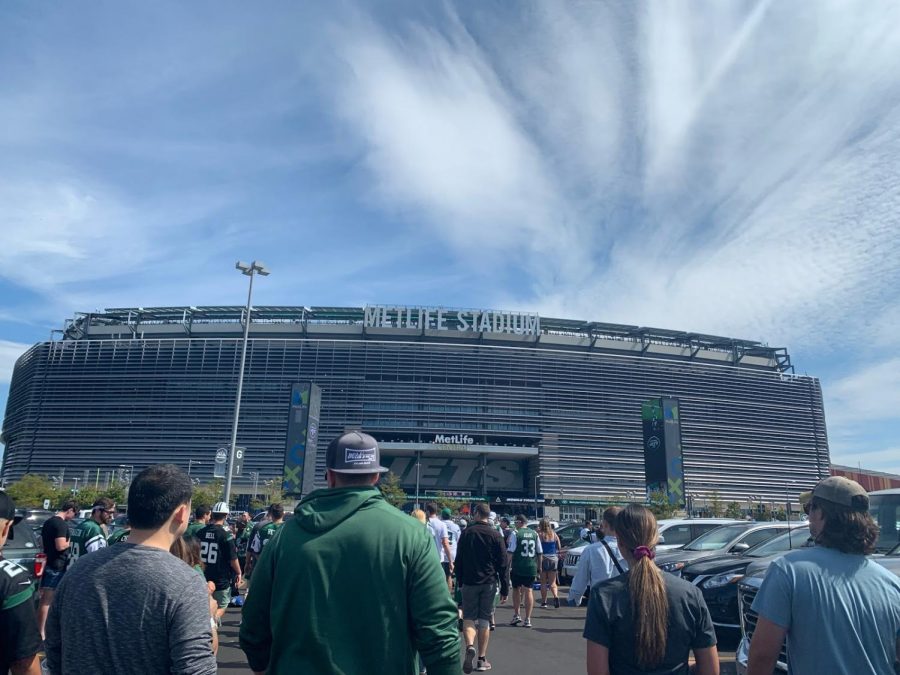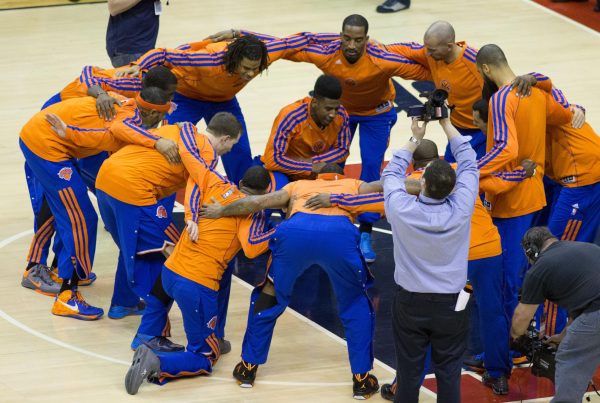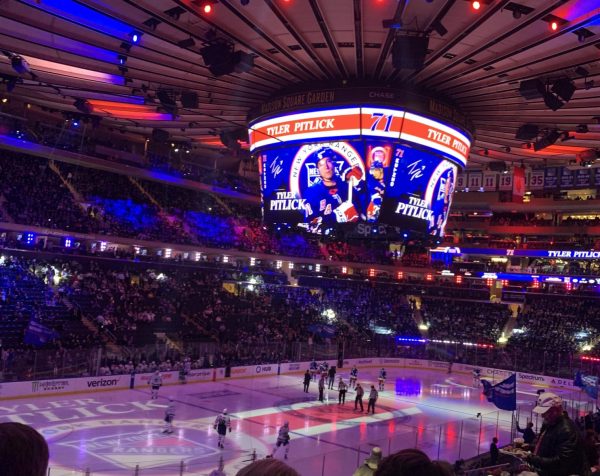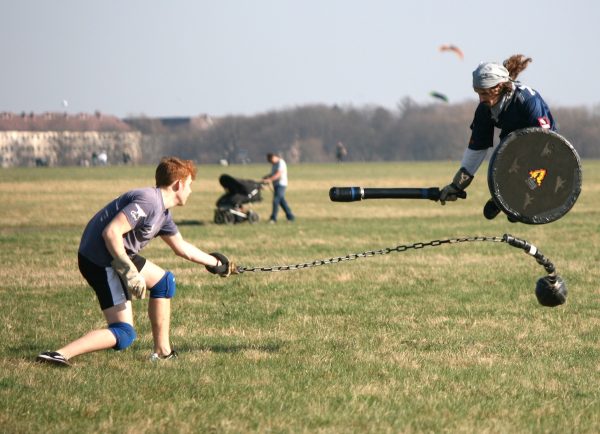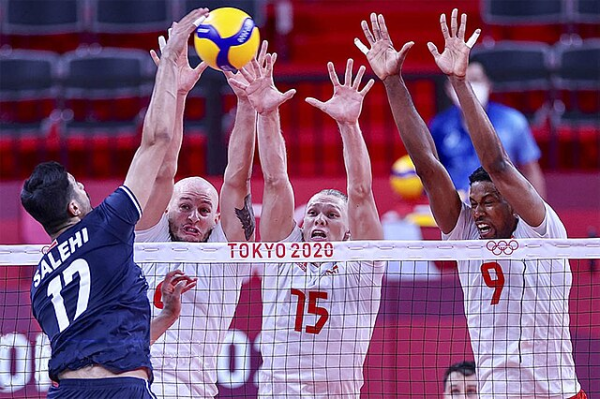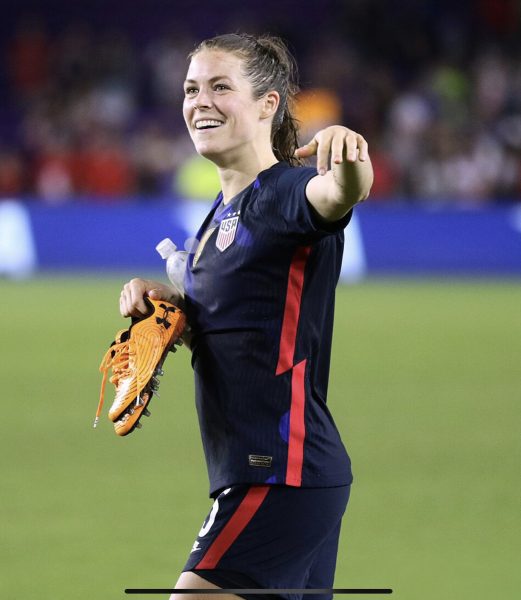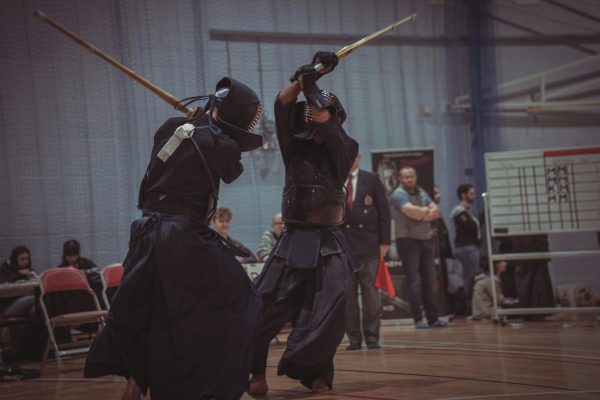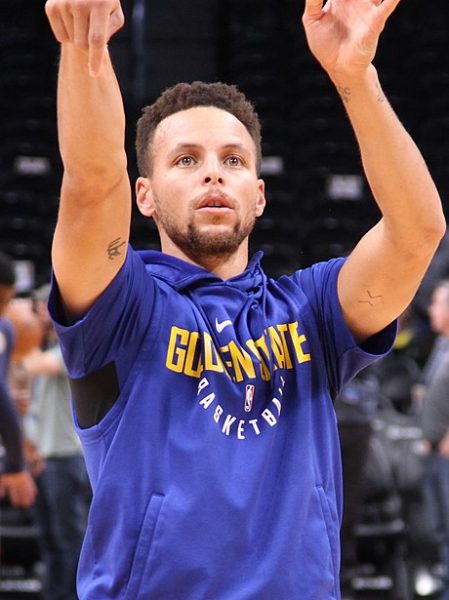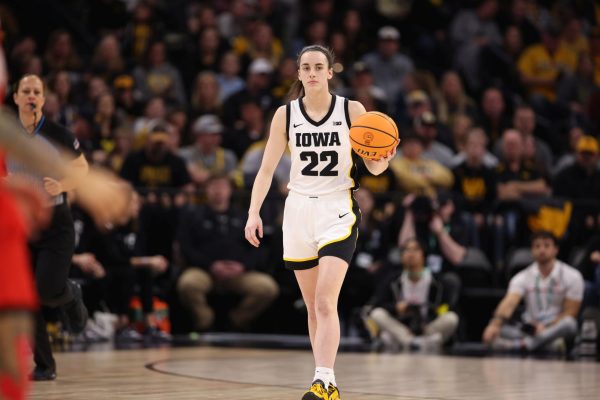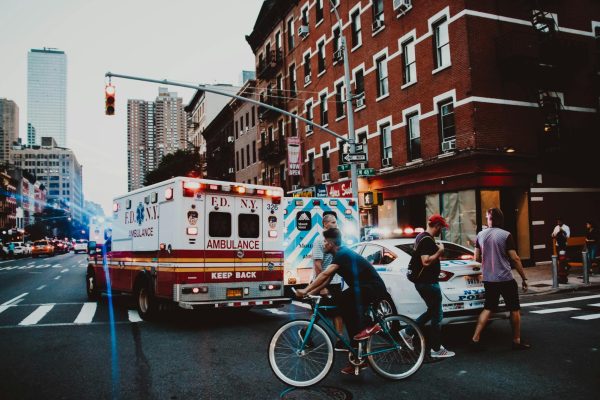The Unprecedented Return of Sports During the Coronavirus Pandemic
Here is the MetLife Stadium before a New York Jets game prior to the COVID-19 pandemic.
Let’s play ball!
In mid-July 2020, sports returned with a bang, providing an escape for many after three months of lockdown, but fans, players, and coaches have had to adjust to a new normal.
The return of sports in America took place on July 24, 2020, when Major League Baseball (MLB) returned for an abbreviated 60-game season. The following week, both the National Basketball Association (NBA) and the National Hockey League (NHL) returned to play, but in a much different environment: practices and games were held in “bubbles” created to prevent the spread of the Coronavirus.
Since then, all major sports in America have returned. This time, there are no fans in the stands, except for some teams in the National Football League (NFL). Players must remain socially distant with masks when not practicing or playing, and all players, coaches, and staff are tested weekly for COVID-19. Athletes in certain leagues have even opted out of playing due to fears of contracting the Coronavirus.
Different leagues have taken different approaches to playing during the pandemic: the MLB’s primary measure was to condense their season to a mere 60 games. The reduction allowed for lower rates of transmission, and less travel. More playoff teams were also added. In order to limit travel, teams were only allowed to play games against division opponents or teams from the opposing conference’s aligning division. This prevented teams from traveling across the country as they would in a traditional season.
The NBA played the remainder of their season in a bubble set up at the Walt Disney World resort in Orlando, Florida. Play lasted for three months, resulting in the Los Angeles Lakers winning the title. Players, coaches, and staff were not allowed to leave the bubble unless their team was eliminated from competition or for personal reasons. No fans were allowed in the bubble except for the players’ families once players reached the later rounds of competition.
The NHL went up north to Canada, where they created bubbles around the cities of Toronto and Edmonton, where two NHL franchises are based. These bubbles enclosed the Eastern and Western conferences separately, but the two eventually joined in Edmonton once the remaining teams reached the semi-final round.
The NFL’s plan is by far the riskiest plan of all four major leagues, as teams have had the choice of whether or not to allow fans into the stands which are limited to a certain capacity. About half of the teams are playing with fans, the numbers ranging from the 5,200 allowed by the Carolina Panthers to the 20,000 allowed by the Dallas Cowboys, who play in a massive stadium. Other franchises have also allowed spectators, or plan to do so. Teams allowing fans have received government approval, and can change their capacities based on a number of factors, including COVID-19 transmission and player health.
However, some football players have caught the Coronavirus, forcing a cascade of games to be rescheduled. Back in Week 4, for example, the Tennessee Titans franchise experienced an outbreak, in which 22 of their players and staff tested positive for the virus. As a result, their game with the Pittsburgh Steelers was postponed three weeks, which subsequently caused the Steelers game with the Baltimore Ravens to be rescheduled to the following week.
Players who test positive for the virus are placed on the COVID-19 list, which states that after players test positive, they must receive “two negative and clarified test results” to return to play.
Sports fans have had lots to say about the changes the leagues have made to adapt to playing through a pandemic. In an Instagram poll that I conducted, three questions were asked to see how fans reacted. The first poll, which asked if fans would feel safe attending a sports game with safety precautions, showed a very even split, with 55% of respondents saying yes and 45% saying no. In addition, 88% of respondents were happy to watch sports again while 12% were not. The final question, which asked if the watching experience was different, showed that 62% felt watching sports during the pandemic was different, and 38% said they felt the same.
A few of the respondents to the poll shared their opinions. Ben Denker ’23, said, “I’ve been extremely happy that sports have returned.” He was bored during quarantine, and was ecstatic to have something to watch again after months of the world being shut down.
“I love sports, but they don’t feel the same without the giant crowds cheering when someone scores,” added Jack Goss ’23. Goss was happy though, saying that, “as long as everyone is safe while playing and getting tested, I’m glad that sports is back.”
It is clear that sports have come back with lots of excitement. They are an escape for many of us dealing with the stress of the novel Coronavirus pandemic. If leagues can continue testing to keep everyone safe, these last few months indicate there is lots more to come from the world of sports in the near future.
“I love sports, but they don’t feel the same without the giant crowds cheering when someone scores,” added Jack Goss ’23. Goss was happy though, saying that, “as long as everyone is safe while playing and getting tested, I’m glad that sports is back.”
Ethan Weinberg is an Editor-in-Chief for 'The Science Survey.” Ethan enjoys journalistic writing, as he believes that by making sense of the issues on...

